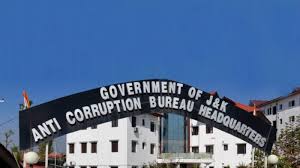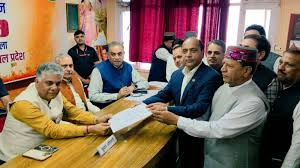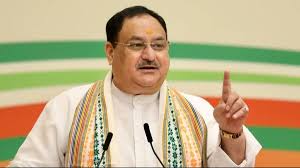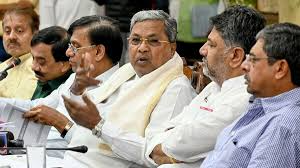India Energy Stack: How this digital integration plan hopes to replicate UPI’s success in India’s power sector
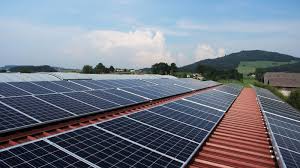
India’s digital journey has been nothing short of transformative. One of its most celebrated successes is the Unified Payments Interface (UPI), which turned mobile phones into virtual wallets and revolutionized the way Indians pay, save, and transact. Now, a similar revolution is taking shape in an entirely different domain: India’s power sector.
Welcome to the India Energy Stack—a bold initiative designed to bring the same kind of seamless digital innovation to electricity as UPI did for money. This digital integration plan aims to create a unified and intelligent ecosystem that could redefine how India generates, distributes, and consumes electricity.
What Is the India Energy Stack?
The India Energy Stack is a comprehensive digital infrastructure being developed to interconnect every element of the power sector—producers, distributors, regulators, and consumers. Think of it as a digital backbone that brings together real-time electricity consumption data, smart metering, billing, and grid management into a common framework.
Its aim? To streamline operations, reduce losses, improve transparency, and empower consumers. If implemented effectively, the Energy Stack could help overcome long-standing inefficiencies in India’s power sector.
Drawing Inspiration from UPI’s Success
The success of UPI lies in its open, interoperable, and developer-friendly architecture. UPI created a shared infrastructure that allowed banks, fintech companies, and users to interact without barriers. The India Energy Stack borrows this model and applies it to energy.
Just like UPI enabled hundreds of apps to build on top of a common payment platform, the Energy Stack would allow startups and utilities to develop tools for billing, usage tracking, energy optimization, and even carbon footprint monitoring.
By doing so, it transforms a complex and bureaucratic system into a user-centric, real-time, and interactive one.
Why India Needs a Digital Energy Framework
India’s power sector is massive and complex. With more than 200 million electricity consumers, multiple state-run discoms (distribution companies), and growing renewable energy integration, managing the grid has become increasingly challenging.
Some of the key problems include:
- High transmission and distribution losses
- Inefficient billing systems
- Lack of real-time data
- Delayed grievance redressal
- Poor smart meter penetration
The India Energy Stack promises to solve these by providing a digitally connected, transparent, and automated framework.
Key Features of the Energy Stack
- Smart Meter Integration
At the core of the Energy Stack are smart meters that record electricity consumption in real time. These devices can communicate directly with distribution companies, eliminating manual readings and enabling dynamic pricing. - Digital Consumer IDs
Each consumer will be assigned a unique digital identity, linking their electricity usage, billing, and payment history in one place—similar to how UPI links bank accounts. - Open APIs for Innovation
By offering open APIs, the Energy Stack invites developers and private companies to create apps and services, from real-time energy dashboards to predictive energy-saving tools. - Seamless Payments Integration
Just as UPI made transactions instantaneous, the Energy Stack will allow real-time bill payments through UPI or other digital modes, improving collections and consumer convenience. - Data-Driven Decisions
With real-time usage data, discoms and regulators can forecast demand more accurately, optimize load distribution, and improve grid stability.
Potential Benefits for Consumers
One of the major goals of the Energy Stack is consumer empowerment. Currently, most consumers receive a monthly or bimonthly electricity bill with limited visibility into when or how their energy was consumed.
The new system would allow them to:
- Monitor real-time energy usage on mobile apps
- Compare consumption trends over time
- Get alerts for abnormal usage or faulty appliances
- Access customized energy-saving tips
- Opt for green energy sources if available
Promoting Clean and Renewable Energy
Another big win from the Energy Stack would be its support for renewable energy integration. It can help track and manage rooftop solar installations, peer-to-peer energy trading, and carbon credit generation.
This fits perfectly with India’s climate goals and its commitment to achieving net-zero emissions by 2070.
Challenges and Roadblocks
While the vision is ambitious, the road to building a nationwide Energy Stack is not without obstacles:
- Low Smart Meter Coverage: As of now, only a fraction of homes in India have smart meters installed. Expanding this to every household is a massive logistical challenge.
- Data Privacy Concerns: With real-time consumption data being collected, there’s a risk of misuse unless strong data protection frameworks are enforced.
- State-Level Disparities: Power distribution is largely a state subject, and aligning all states to a single digital framework may require policy harmonization and regulatory cooperation.
- Infrastructure Gaps: Rural areas still face inconsistent electricity supply and digital connectivity, making real-time integration difficult.
Government Push and Industry Involvement
The Ministry of Power, NITI Aayog, and the Bureau of Energy Efficiency are working closely with private players, startups, and global energy experts to shape the Energy Stack. The goal is to make it an open, accessible, and scalable platform that evolves as technology and energy demands grow.
With incentives and funding under schemes like the Revamped Distribution Sector Scheme (RDSS) and smart meter deployment initiatives, the groundwork is being laid.
A Glimpse Into the Future
Imagine an India where every household can:
- Check their electricity consumption like they check their mobile data usage
- Get rewards for reducing usage during peak hours
- Trade excess solar energy with neighbors
- Choose energy suppliers based on price and sustainability
- Never stand in queues to pay electricity bills again
That’s the promise of the India Energy Stack—a smarter, greener, and more connected power sector.
Conclusion
India transformed digital payments with UPI. Now, with the Energy Stack, it has the opportunity to do the same for electricity. If implemented effectively, this digital integration could modernize India’s power sector, boost consumer empowerment, and pave the way for cleaner, more efficient energy use.
The vision is clear, the model is proven—now it’s all about execution.


